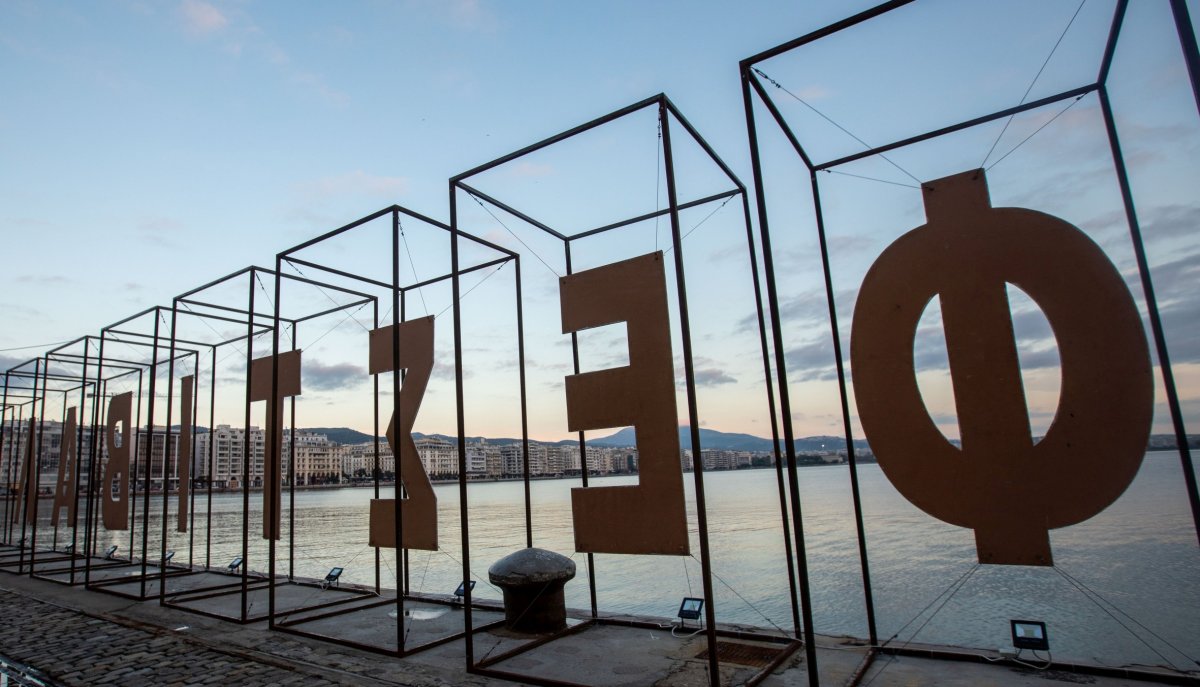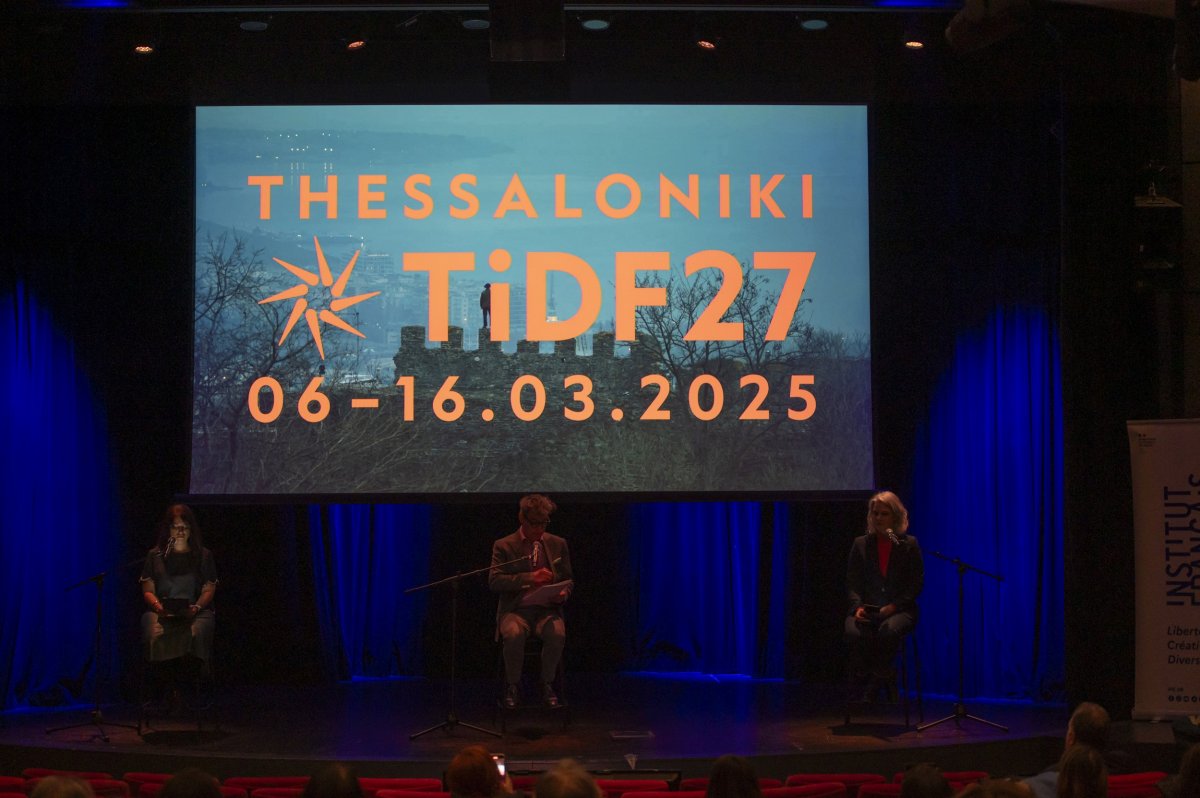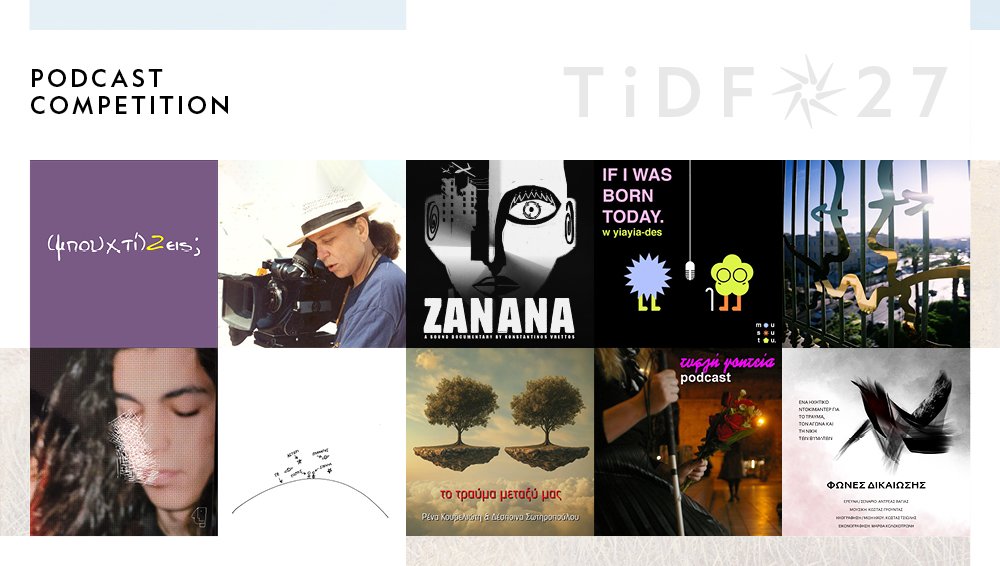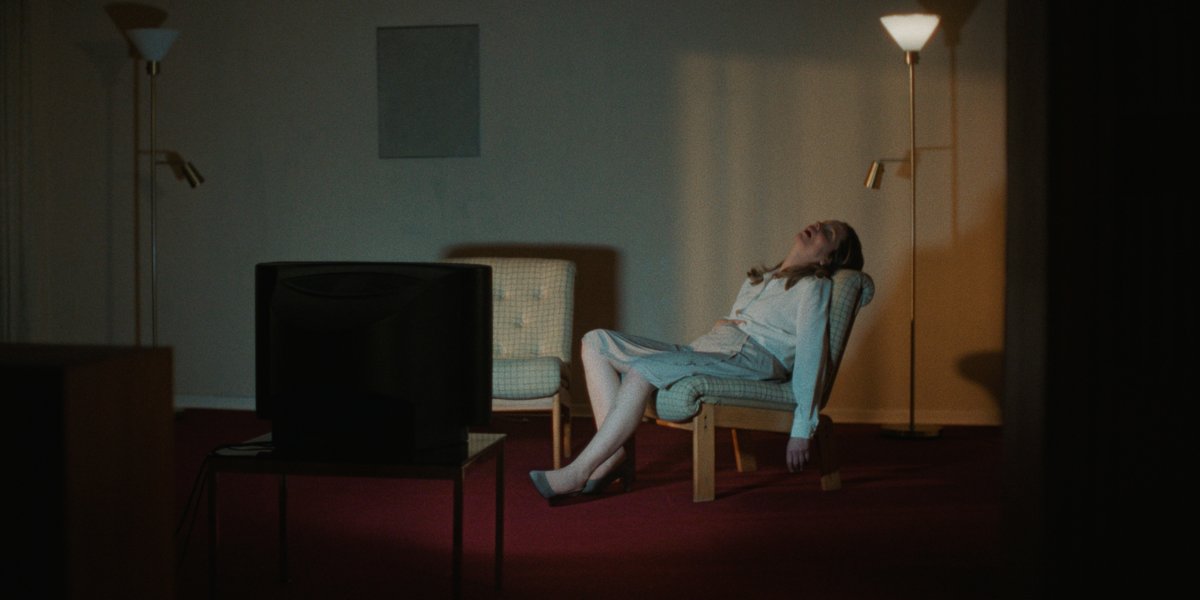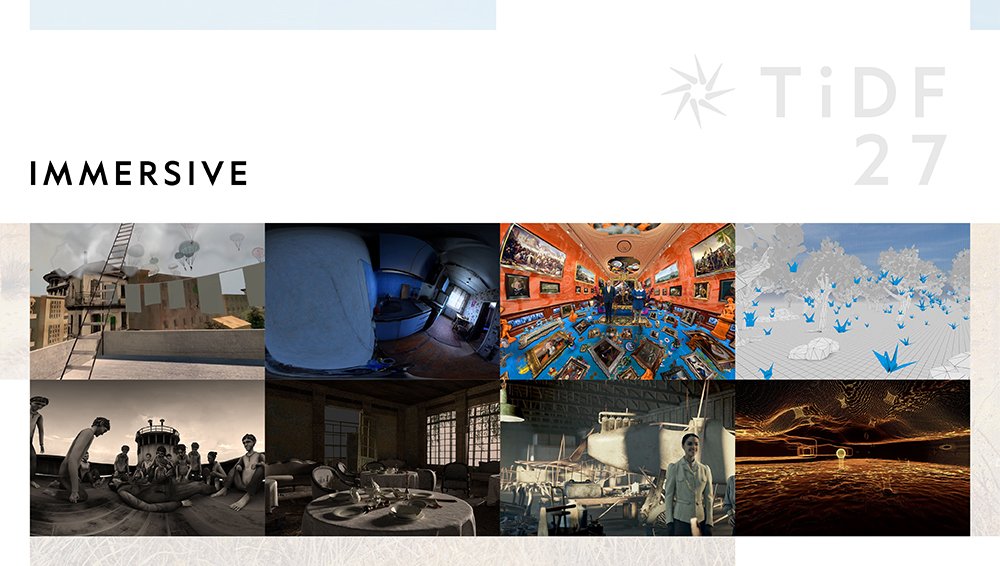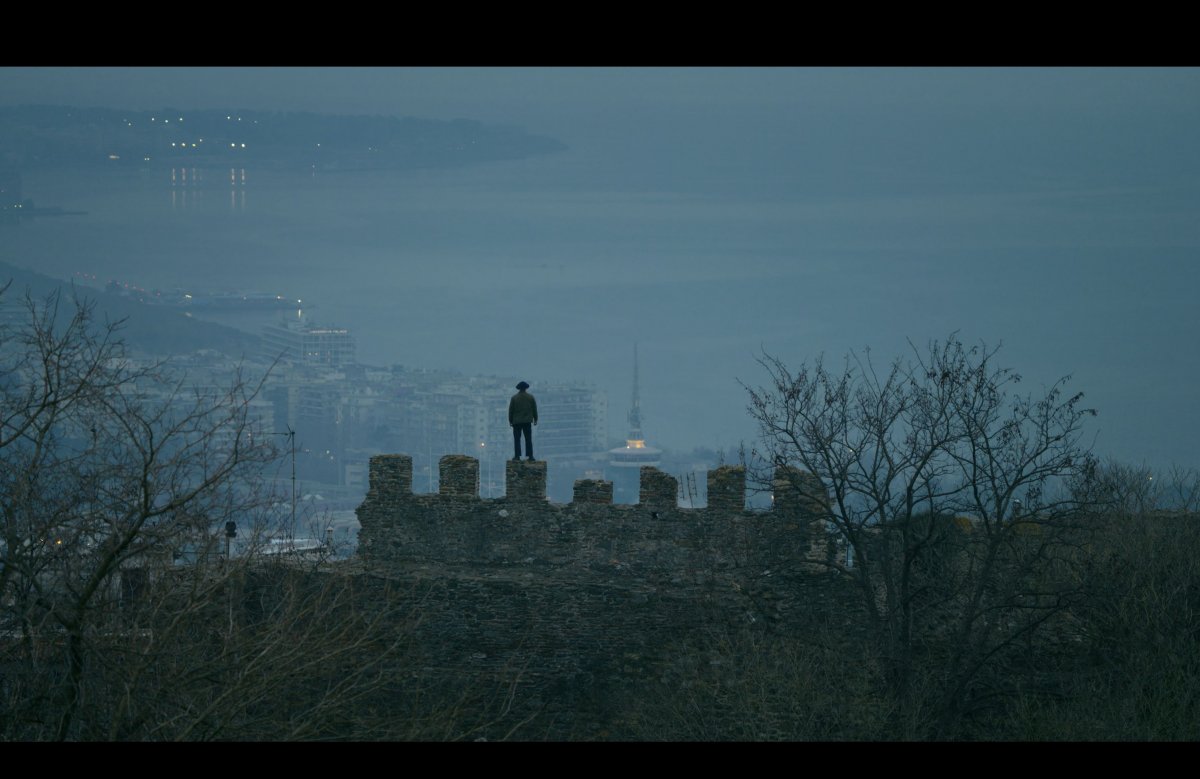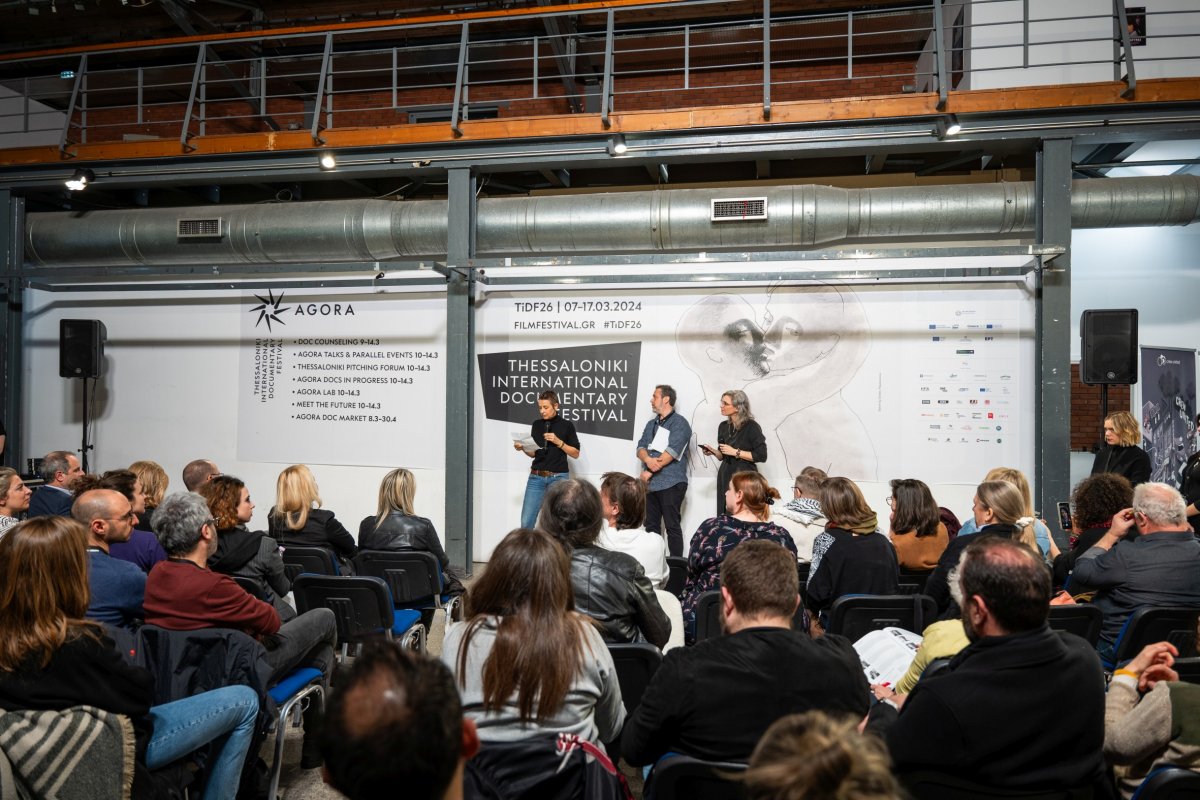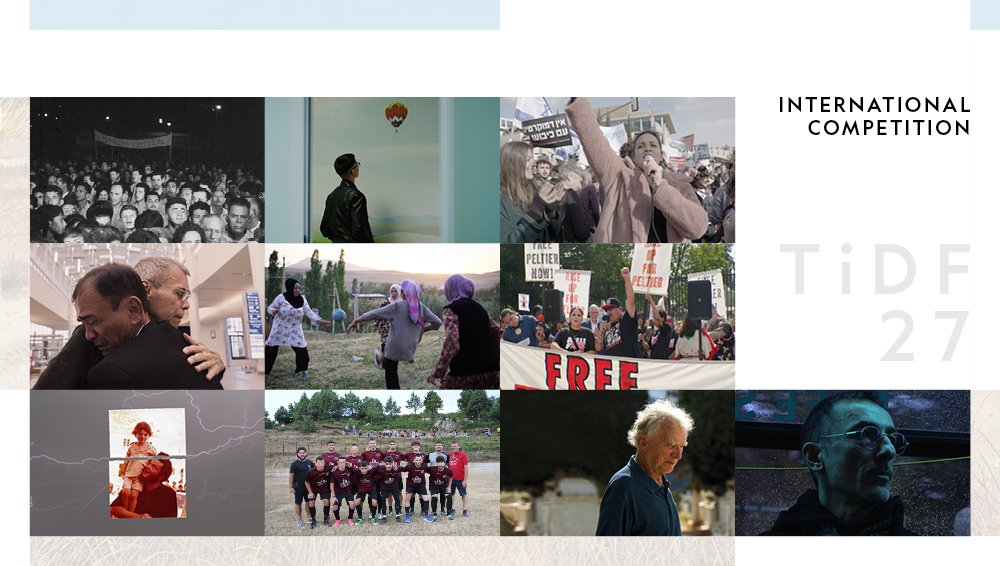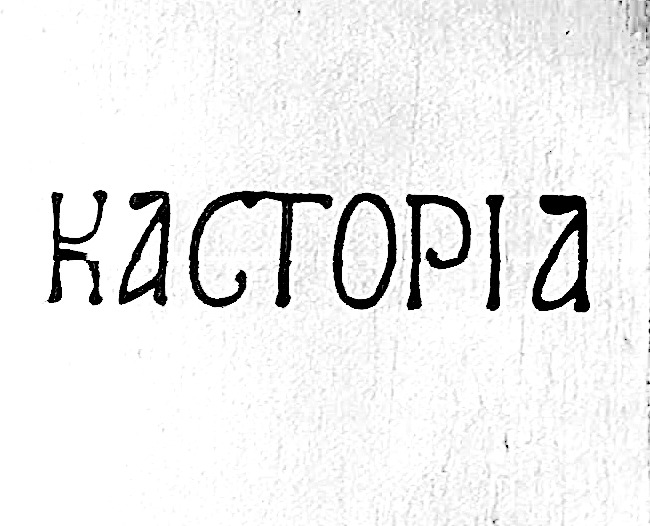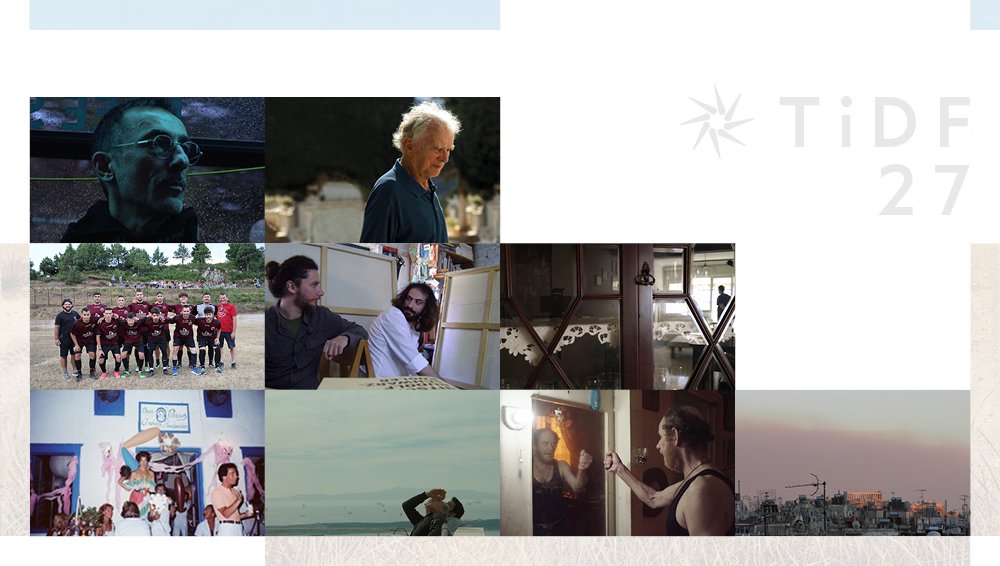PRESS CONFERENCE
SHOULD I REALLY DO IT – THE SOLITARY LIFE OF CRANES – ON THE WAY TO SCHOOL – HUXLEY ON HUXLEY - ANTOINE
On Monday, March 16 at noon, a press conference was given by Ismail Necmi (Should I Really Do It), Eva Weber (The Solitary Life Of Cranes), Ozgur Dogan (On The Way To School), Mary Ann Braubach (Huxley on Huxley) and Laura Bari (Antoine).
On the way to school recounts the adventures of a young Turkish teacher who was assigned to a remote traditional Kurdish village in which both parents and students don’t speak Turkish. “The teacher wasn’t the only one who had a problem communicating, we also had a problem during shooting. I am Kurdish, but the villagers spoke a different dialect. Shooting was particularly difficult at the beginning, since the children were not familiar with the camera. When they got used to our presence however, they ignored the lens and felt free”, director Ozgur Dogan said. Commenting on the position of the teacher on the burning national problem that is the Kurdish issue, O. Dogan stressed: “The teacher didn’t emphasize national issues, but stressed his mission instead, to teach children no matter what their descent. Unfortunately, he had not been prepared properly at University for such a delicate position. He was thrown into the deep end, but I believe that he is now much more mature and experienced. After all, he will be staying at this village for the next two years, until he gets reassigned”.
After City of cranes (screened at last year’s Thessaloniki Documentary Festival)), Eva Weber returns to the same subject with The Solitary Life Of Cranes. Her film, a visual poem and at the same time a symphony of a metropolis, explores the invisible life of the city, the shapes and hidden secrets as they are seen by the crane operators working from great heights, above its streets.
“The view of the city from on high is fascinating. But in an incredibly solitary job, the only human contact is the involuntary ‘voyeuristic’ observation of the people who live in the neighboring buildings. It is difficult to avoid, since they literally live next to them. It’s a fact that we never think there are people up there who are using these machines. Only the children notice them and wave to them”.
In Huxley on Huxley director Mary Ann Braubach speaks with Laura Huxley, wife of the famous writer and 20th century visionary Aldous Huxley, revealing unknown aspects of their life together and of the circle of people who surrounded them. “Our collaboration with Laura Huxley was very good. She was hesitant at first, while later she took off the mask she was obliged to wear as Huxley’s widow and opened up to us. She was 89 when shooting began, and we finished a few months before she died”, the director said. Speaking on Huxley’s contact with Hollywood circles, Mary Ann Braubach noted: “While Aldous Huxley was alive, they had many contacts and friendships with famous actors and directors such as George Cukor. Laura was part of the Hollywood ‘scene’ for the seven years she lived with Aldous Huxley, while as she got older she realized that this world was not for her until she removed herself completely”.
Petra in the film Should I Really Do It lives an intense, “crazy” life as an illegal German immigrant in Istanbul. But when her twin sister gets sick, her life changes for ever. When Ismail Nemci started shooting Petra, his goal was to draw the portrait of a young woman who, in spite of her difficulties staying in the country, lived her life intensely. But life itself got ahead of him. “I knew Petra before we made the film and I knew she was ‘famous’. She went to parties, made money by cutting people’s hair at home, and my intention at first was to make a light, entertaining film”, Ismail Necmi said. Speaking about the dramatic events that happened during shooting and changed Petra’s life, Ismail Necmi revealed that he thought of not completing the film many times, and added: “Petra wanted us to finish the film and I decided to concentrate on her current life in Berlin. After her twin sister’s death she learned that she herself had cancer. This dramatic change in her life matured her, but also made her tougher. The film moves on many levels, while I leave many things unexplained so that the viewer can draw his own conclusions”.
An active five-year-old child, Antoine, inspired director and teacher Laura Bari to create an optimistic film about his life. Blind Antoine runs, makes decisions and radio broadcasts. “I believe it would be very interesting to see the way a young blind child builds and uses his imagination. That’s why I suggested playing a game in which he could be someone else, a detective who would solve a disappearance case”, Laura Bari noted. Speaking about the more general role of Antoine in the film, she said: “Because he’s blind, Antoine uses the sounds he hears in order to ‘build’ the environment around him. In this way and with the help of a tiny microphone he contributes to the soundtrack of the film.”



